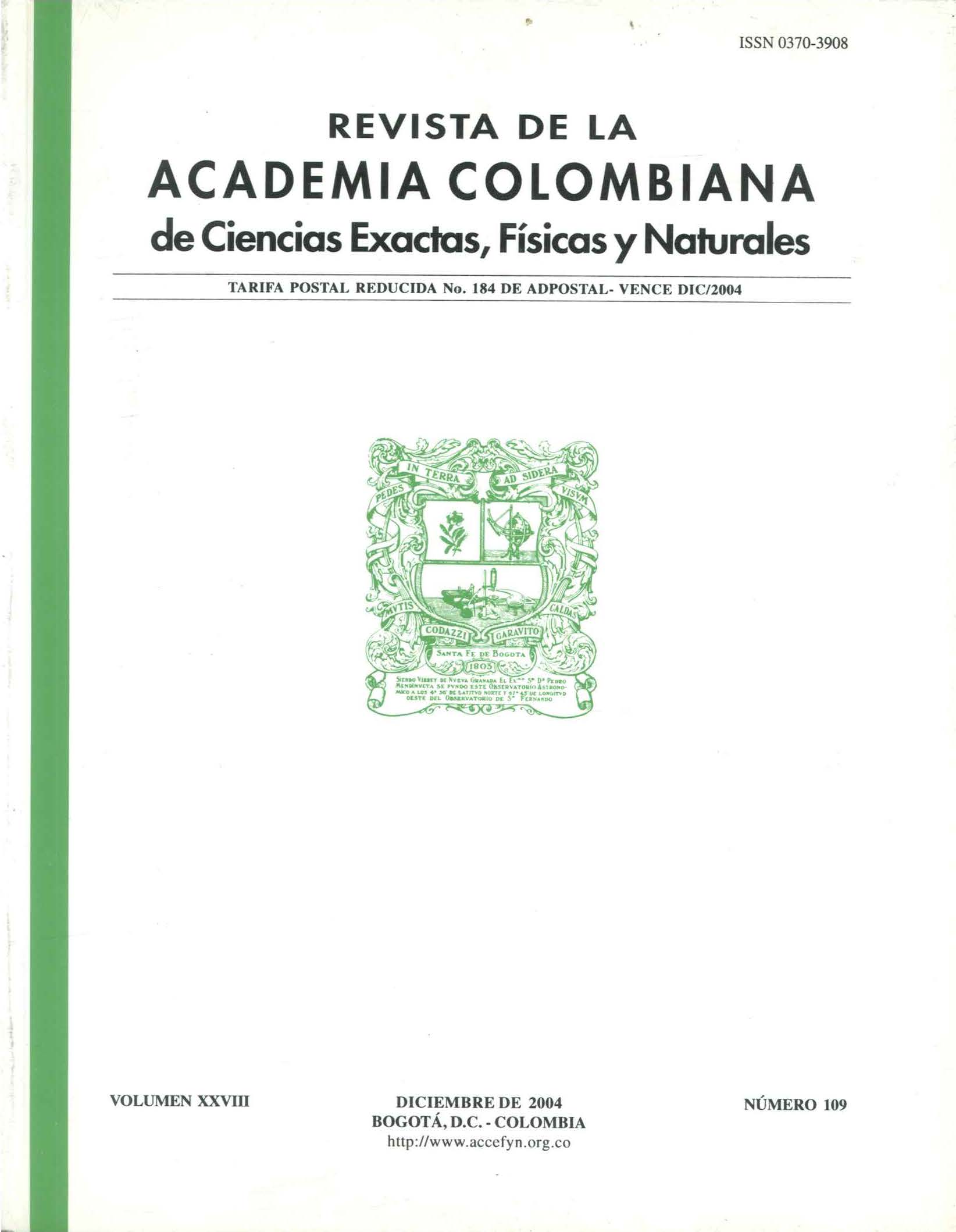Resumen
Uno de los compuestos más importantes que se utilizan en el campo de los cerámicos estructurales es la alúmina. Dadas las exigencias y requerimientos actuales, sobre las características de las materias primas, se ha desarrollado una variedad de métodos de síntesis principalmente por rutas químicas, con el fin de obtener el tamaño, distribución de tamaño y morfología de partícula requeridas. El método de precipitación controlada (MPC) permite alcanzar estas exigencias brindando, además, la posibilidad de controlar adecuadamente el proceso y garantizando una buena reproducibilidad del método. Acá se indica concretamente el efecto de la concentración del precursor de aluminio y del solvente de lavado durante el proceso de obtención de la alúmina. Para la realización de este estudio se utilizó valoración potenciométrica y conductimétrica, para seguir el avance del proceso, difracción de rayos x (DRX), para determinar las fases cristalinas del sólido, microscopía electrónica de transmisión (MET) para determinar la morfología y el tamaño de partícula.
Referencias
Baes, C.F., Mesmer, R.E. 1976. “The hidrolisis of cations”, Jonh Wiley & Sons, Ltd.
Brace, R., Matijevic, E., 1973. “Aluminium hydroux oxide sols I. Sherical Particles of narrow size distribution” Inorg. Nucl. Chem., v 35, 3691-3705.
Brown, P.L., Sylva, R.N., Batley, G.E., Ellis, J. 1985. J. Chem. Dalton Trans., 1967.
Brinker, C.J, Scherer, G.W. 1990. “Sol-gel Science; the physics and chemistry of sol-gel Processing”, Academic Press, Inc.
Burriel, F, Conde, F., Arribas, S., Hernández, J. 1994. “Química Analítica Cualitativa”, Editorial Paraninfo S.A.
Evans, H.T. 1966. Inorg. Chem v 5, 967.
Gitzen, W.H. 1970. “Alumina as a Ceramic Material”, The American Ceramic Society, 735 Ceramic Place, Westen Ville, Ohio.
Johansson, G. 1960. “On the crystal structures of son basic Aluminium salt” Acta Chem. Scand., v 14(3), 771-773.
Jolivet, J. 2000. “Metal oxide chemistry and syntesis”, Jonh Wiley & Sons, Ltd.
Kubota, H., 1956 “Propieties an Volumetric Determination of Aluminium Ion, dissertation”, Univ. Of Wisconsin, Diss. Abstr. v.16, 864 Matijevic, E., Mathai K.G., Ottewill R.H., Kerker M. 1961. “Detection of Metal-Hydrolysis by Coagulation (III) Aluminium”, J. Phys. Chem. v 65, 826-830
Pierre, A. 1998. “Introduction to sol-gel processing”. Kluwer Academic Publisher. Junio.
Rodríguez-Páez J.E., Villaquirán C., Cobo J. 2001. “Estudio de la formación de los complejos intermedios durante la sisntesis de Alúmina”. Materials Research v 4, (4), 255-264.
Schaefer, D.W, Sheliman, R.A, Keefer, K.D, Martin, J.E. 1986. Physica, 104 A, 105
Singh, S.S., Can, J. 1969. Soil Sci., v 49, 383
Tezak, B. 1966. “Coulombic and Stereochemical Factors of Colloid Stability of precipitating Systems” Disc. Faraday Soc., v 42, 175-186.
Thompson, A.R., Kunwar, A.C., Gutowsky, H.S., Oldfield, E. 1987. J. Chem. Soc. Dalton Trans 23-17.
Vermeulen, A.C., Geus, J.W., Stol, R:J., de Bruyn, P.L. 1975. “Hydrolisis-Pr ecipitation Studies of Aluminium (III) Solutions” J. Colloid Interface Sci., v. 51, (3), 449-458.

Esta obra está bajo una licencia internacional Creative Commons Atribución-NoComercial-SinDerivadas 4.0.
Derechos de autor 2023 Revista de la Academia Colombiana de Ciencias Exactas, Físicas y Naturales

